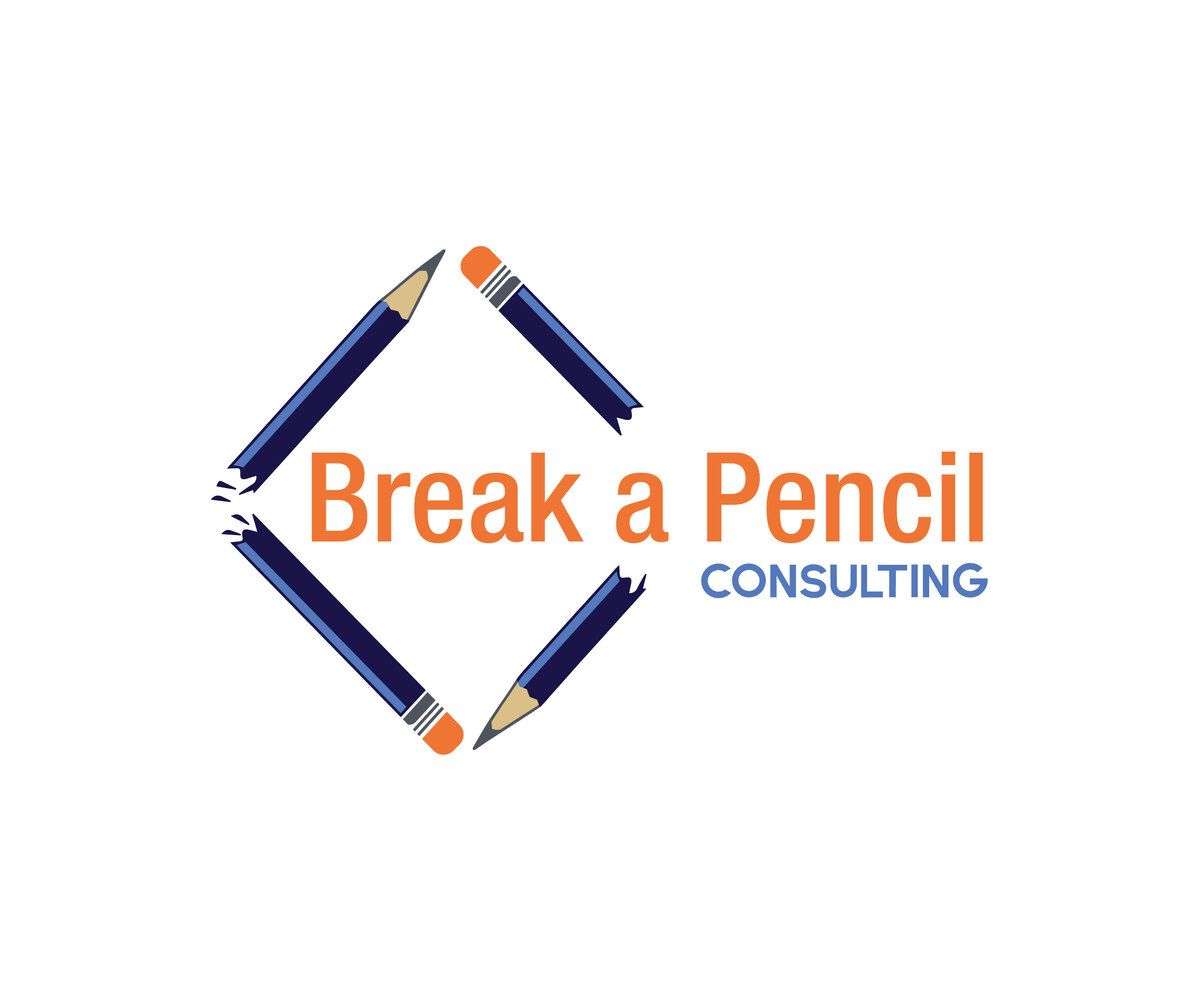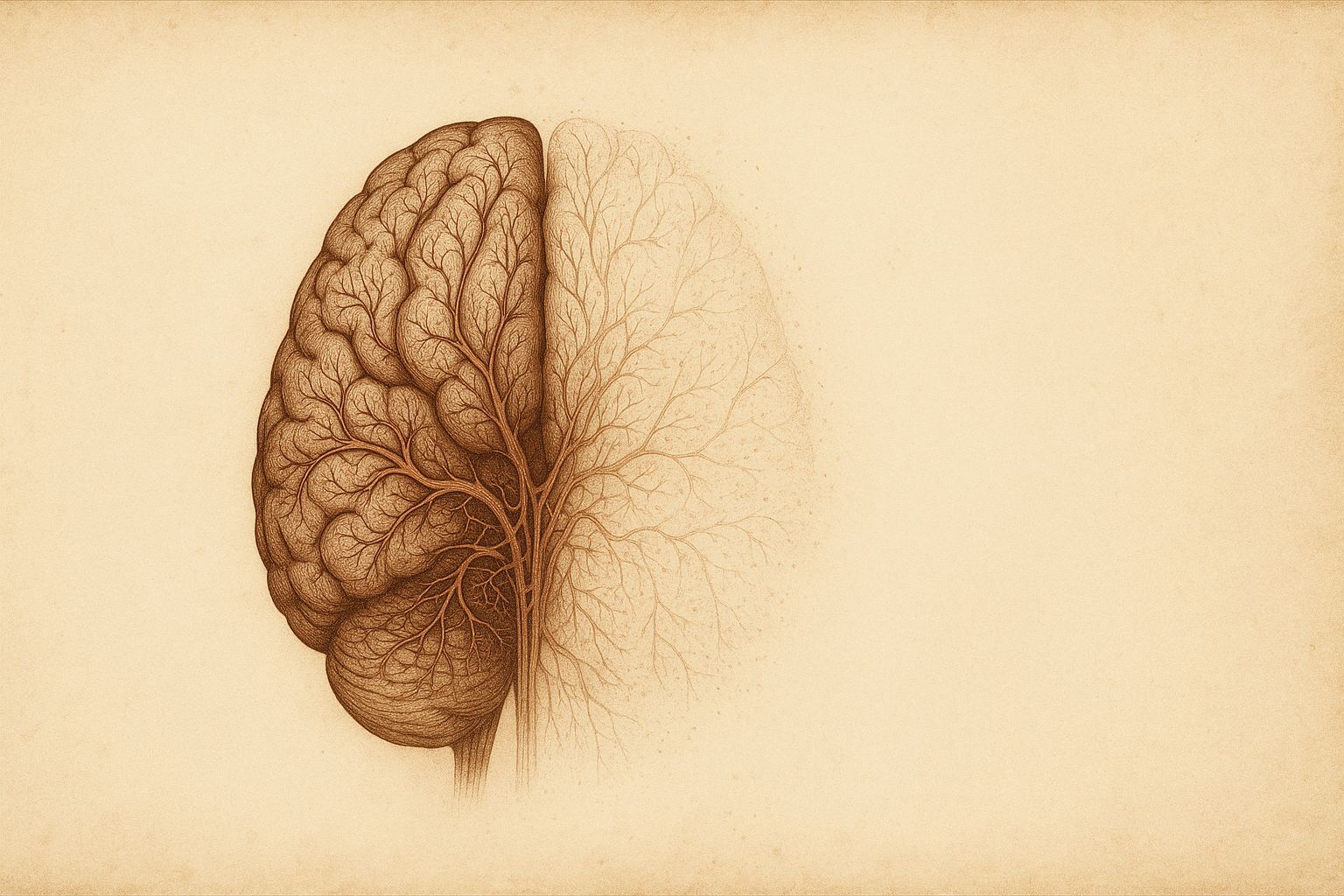Hey there,
Last week I argued that AI's compression architecture creates a fundamental ceiling on creative expansion. AI excels at recombination within its training distribution but can't generate genuinely novel paradigms the way humans can.
As I was writing that piece, I kept circling back to a question: If AI handles the compression work brilliantly, shouldn't I focus my time on the expansion work only humans can do?
Yes. Absolutely. That's exactly the right strategic move.
Except there's a problem most product leaders haven't considered: The compressive work you're delegating to AI is the same cognitive work that builds your capacity for expansive thinking.
So, now what?
The Two Types of Compression
Not all compression is equal. There's compression that's purely mechanical—tedious work that drains energy without building capability. And there's compression that's developmental—cognitive struggle that trains the mental muscles you need for creative expansion.
Let me be specific.
Rote Compression (delegate this immediately):
Summarizing documents you've already read and understood
Extracting bullet points from meeting notes
Organizing information into standard frameworks
Reformatting content for different audiences
This is the work that has clear methodology and definable endpoints. It's tedious. It's time-consuming. And NOT delegating it to AI is like insisting on doing long division by hand when calculators exist.
Developmental Compression (protect this fiercely):
Wrestling with how to synthesize three conflicting strategic frameworks
Struggling to articulate an intuition you can't quite name
Holding contradictory user needs in your mind while searching for non-obvious resolution
Forcing yourself to distill a complex market dynamic into a simple narrative
This is the work characterized by discomfort, uncertainty, and the absence of a clear path forward. It's the cognitive equivalent of resistance training—the struggle itself builds capacity.
Both types feel like compression work. Both involve going from many inputs to fewer outputs. But only one builds the cognitive stamina for creative expansion.
What We're Actually Losing
A few months back, I wrote about a creative synthesis that emerged during my Sony days—connecting State Farm Insurance with an action video game through the idea of damage assessment. An insurance adjuster tallying up destruction at the end of each level. Two completely incompatible domains until my wandering mind found the thread between them.
That synthesis required years of compressive cognitive work:
Wrestling with how to position entertainment products in crowded markets
Struggling to articulate why certain game mechanics created emotional engagement
Holding tension between advertiser needs and user experience
Synthesizing patterns across seemingly unrelated entertainment categories
All of that developmental compression built the cognitive infrastructure that made the State Farm-video game connection possible. The quiet mind created the space for synthesis. The trained mind—developed through years of cognitive struggle—enabled the synthesis.
We're at risk of optimizing away the training.
When you delegate synthesis to AI, you're not just saving time. You're removing the cognitive friction that builds capacity for non-obvious pattern recognition. You're trading short-term efficiency for long-term capability atrophy.
"You're trading short-term efficiency for long-term capability atrophy."

And because developmental compression feels uncomfortable—it's slow, uncertain, sometimes even painful—it's precisely the work we're most eager to outsource.
The Divergent Paths
This creates two radically different futures for product leaders:
The Losing Path: You delegate all compression to AI because it's faster and often better. Your cognitive muscles for developmental struggle atrophy. You lose capacity for holding complex tensions and synthesizing across distant domains. You become dependent on AI for sophisticated recombination but incapable of the creative leaps that AI fundamentally cannot make.
You're efficient. You're productive. You're obsolete.
The Winning Path: You ruthlessly delegate rote compression and protect developmental compression. You use the time savings to increase the frequency and depth of cognitive struggle. You build enhanced capacity for creative expansion precisely because you're doing more—not less—of the difficult mental work that matters.
You're strategic about AI delegation, not just enthusiastic about it. You're building cognitive capacity, not letting it atrophy.
What This Looks Like in Practice
Let me make this concrete with examples from product leadership:
DELEGATE (Rote Compression):
Summarizing the 47 customer feedback responses you've already read
Extracting common themes from user research interviews
Creating first drafts of standard documentation
Organizing roadmap dependencies into visual formats
PROTECT (Developmental Compression):
Wrestling with the tension between what users say they want and what behavioral data suggests they need
Struggling to articulate a product vision for something that doesn't exist yet
Holding conflicting stakeholder priorities in mind while searching for non-obvious strategic resolution
Synthesizing patterns from your marketing background, that customer complaint, and this morning's competitive analysis
The difference isn't obvious from the outside. Both might involve "creating a product strategy document." But one is applying a template to organized information (delegate). The other is cognitive struggle that builds capacity for strategic thinking (protect).
(If you're realizing this distinction matters for your team's long-term competitiveness, my private cohort program helps leadership teams build systematic frameworks for strategic AI delegation. Learn more here.)
The Invisible Atrophy
We're not just too busy for creative thinking. We're delegating the cognitive work that builds capacity for creative thinking.
Deep reading builds mental stamina for holding contradictory ideas. Synthesizing disparate research trains pattern recognition across unrelated domains. Articulating unclear thoughts develops capacity to think beyond existing frameworks.
When you outsource these struggles to AI, you're not saving time for creative work. You're systematically destroying your ability to do creative work.
The tragedy is that this happens invisibly. You don't notice the atrophy until you need that cognitive capacity and discover it's not there anymore. Like an athlete who stops training—everything seems fine until you try to compete.
Now, I know what some of you are thinking: "Most people aren't even using AI at this sophisticated level yet. They're still just asking it to summarize meeting notes."
You're right. Most product leaders haven't reached the point where they're delegating true synthesis work to AI. But that's precisely what makes this moment so critical.
The trajectory is clear. AI tools are rapidly getting better at handling increasingly sophisticated cognitive work. The question isn't whether we'll reach the point where AI can handle developmental compression—the question is whether we'll recognize the difference before we've already outsourced it.
And the early adopters—the ones who are already using AI for complex synthesis, strategic analysis, and creative ideation—they're the canary in the coal mine. Some are building incredible leverage. Others are inadvertently training themselves out of the cognitive capabilities that will matter most.
The pattern you establish now, with today's AI capabilities, will shape how you delegate tomorrow's even more capable tools.
The Strategic Question
Are you delegating compression strategically, or are you inadvertently outsourcing your cognitive development?
Because the compressive work AI handles brilliantly is the same compressive work that, when done by humans, builds capacity for the expansive work AI cannot do.
Not all efficiency is progress. Some struggles are features, not bugs.
The product leaders who thrive in an AI-saturated world won't be those who delegate most efficiently. They'll be those who've deliberately protected the cognitive struggles that build capacity for creative expansion—the only sustainable competitive advantage in a world where compression is commoditized.
"Some struggles are features, not bugs."
Next week, I'll show you exactly how to build this distinction into your workflows. How to leverage AI's compression strengths while protecting your cognitive development. How to be strategically resistant in a world that's optimizing for frictionless efficiency.
Because knowing what to protect is only half the battle. The other half is actually building systems that protect it.
Break a Pencil,
Michael
www.breakapencil.com
P.S. This is Part 2 of a three-part series on AI's compression architecture and human cognitive development. Next week: The strategic playbook for building AI workflows that enhance rather than replace your capacity for creative thinking.
P.P.S. My next "Build an AI-Confident Product Team" cohort on Maven starts soon—where we build frameworks for exactly this kind of strategic AI delegation. Or if you want a private cohort tailored to your team's specific challenges, let's talk.
P.P.P.S. Know a product leader who's delegating everything to AI without thinking about what they're losing? Forward this. They need to read it before the atrophy becomes permanent.

